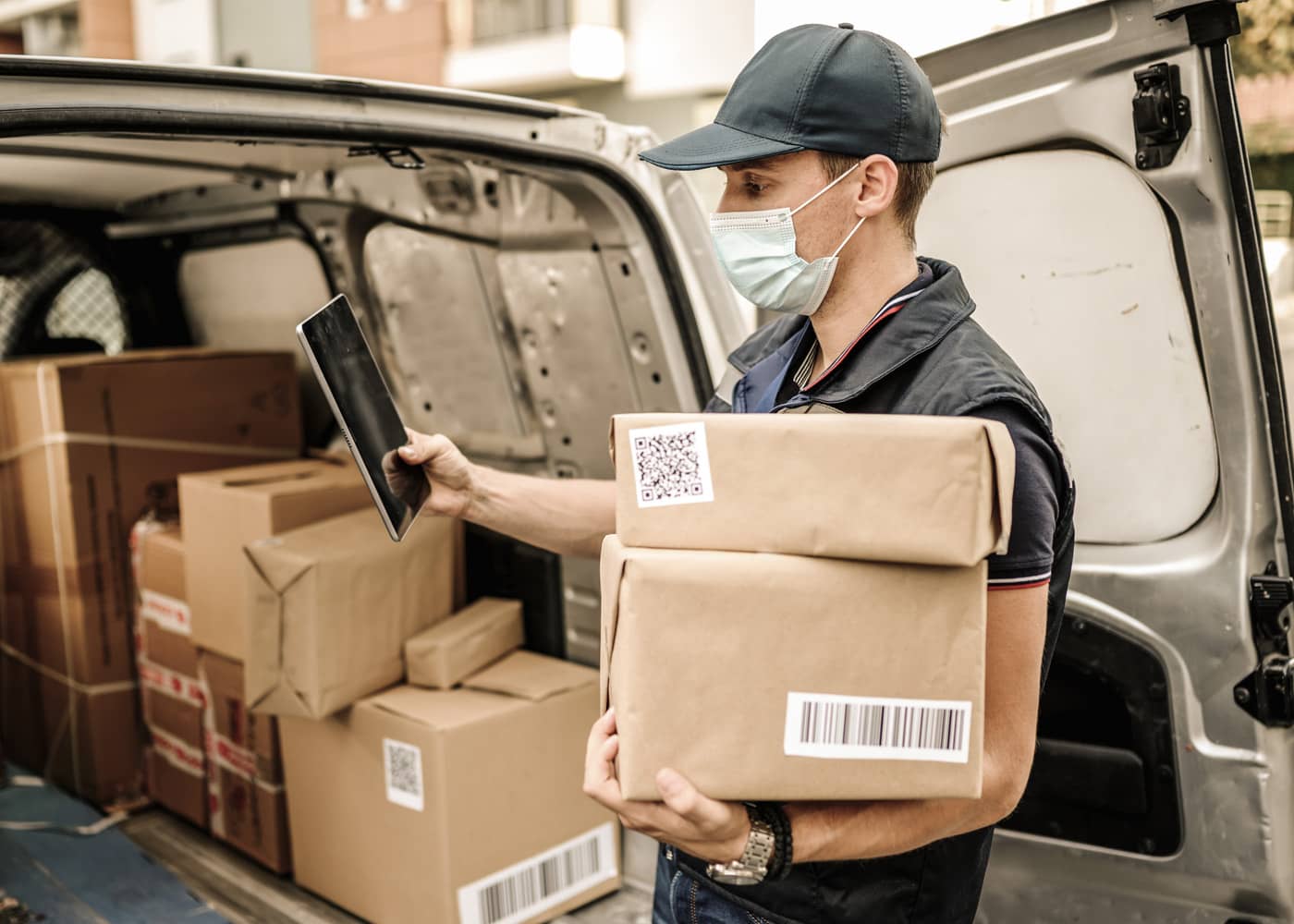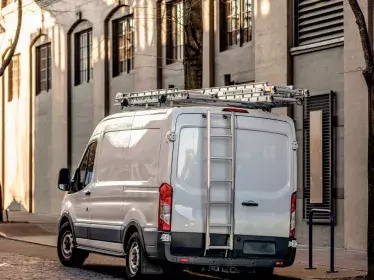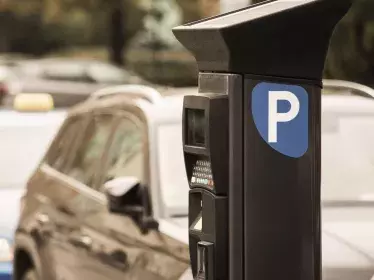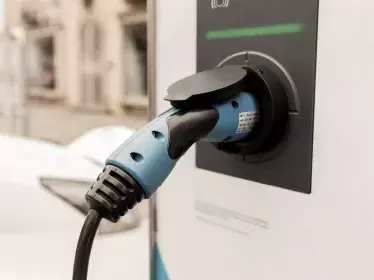A well-organised route can reduce mileage (and therefore consumption), as well as improve work efficiency and productivity. There are basic rules that can be refined with professional tools, some of which can be customised.
You will find "free" online tools to plan your route to avoid unnecessary detours and round trips. It is up to you to take this into account when packing your load. Place deliveries, tools or equipment for your final visits in the back of your vehicle. This is the "artisan" method. Fortunately, you can get route optimisers. These are not free, but any investment will be quickly recouped.

These basic principles can be computerised, connected and optimised through turnkey or customised solutions. They must be integrated into the management of the inventory and the vehicle fleet. Investing in this type of tool has many advantages:
- reduction of operating costs by avoiding time lost on the road and at the customer's premises
- better organisation of stock and work
- reduction of delivery or intervention times, thereby increasing customer satisfaction
- time saving and productivity
- reduction of the carbon footprint
Which tool should I choose?
The selection of digital tools for route optimisation is varied, ranging from a software package for very small companies to a TMS (Transport Management System) solution for large companies.
The first criterion is choosing a solution that meets the needs of your business. Take into account your budget, inventory management, customer contacts and navigation of the vehicle(s).
Sometimes it will be necessary to implement merchandise labelling or identification of tasks using barcodes or QR codes for jobs and route tracking.
The navigation must be planned, possibly automatically. Choose software that offers several scenarios and simulations. A connected remote vehicle tracking system enables real-time navigation optimisation. This comes in handy when something unexpected happens: you can identify the problem in advance and react to it by proposing a new route or re-routing another vehicle. This way, you can quickly find a solution to traffic disruptions, limited traffic areas or delivery time constraints, among other things.
This type of tool also takes into account the choice of vehicle (profile, size, MMA, engine, driver) allowing further optimisation.
It is important to be able to offer a "private" mode, especially during breaks. The driver then has some discretion regarding personal use of the vehicle during authorised times. Furthermore, it is important not to overlook privacy laws or GDPR.

It is therefore important to have a tool that provides the following solutions:
- connected system
- badge or driver identification code, with private mode
- load optimisation according to the route (deliveries, repairs, etc.)
- scanning or recording system for tasks on board the vehicle or via an interface or a smartphone
- real-time vehicle tracking with the option to send new task orders or itineraries remotely, without endangering the driver (prohibit the use of a phone without hands-free)
- combine route optimisation with fleet and inventory management
- on-board navigation system adapted to the type of vehicle and the tasks required
- for electric vehicles: calculation of the range and anticipation of recharging needs
- generation of tools for digital analysis, reporting and cost tracking






